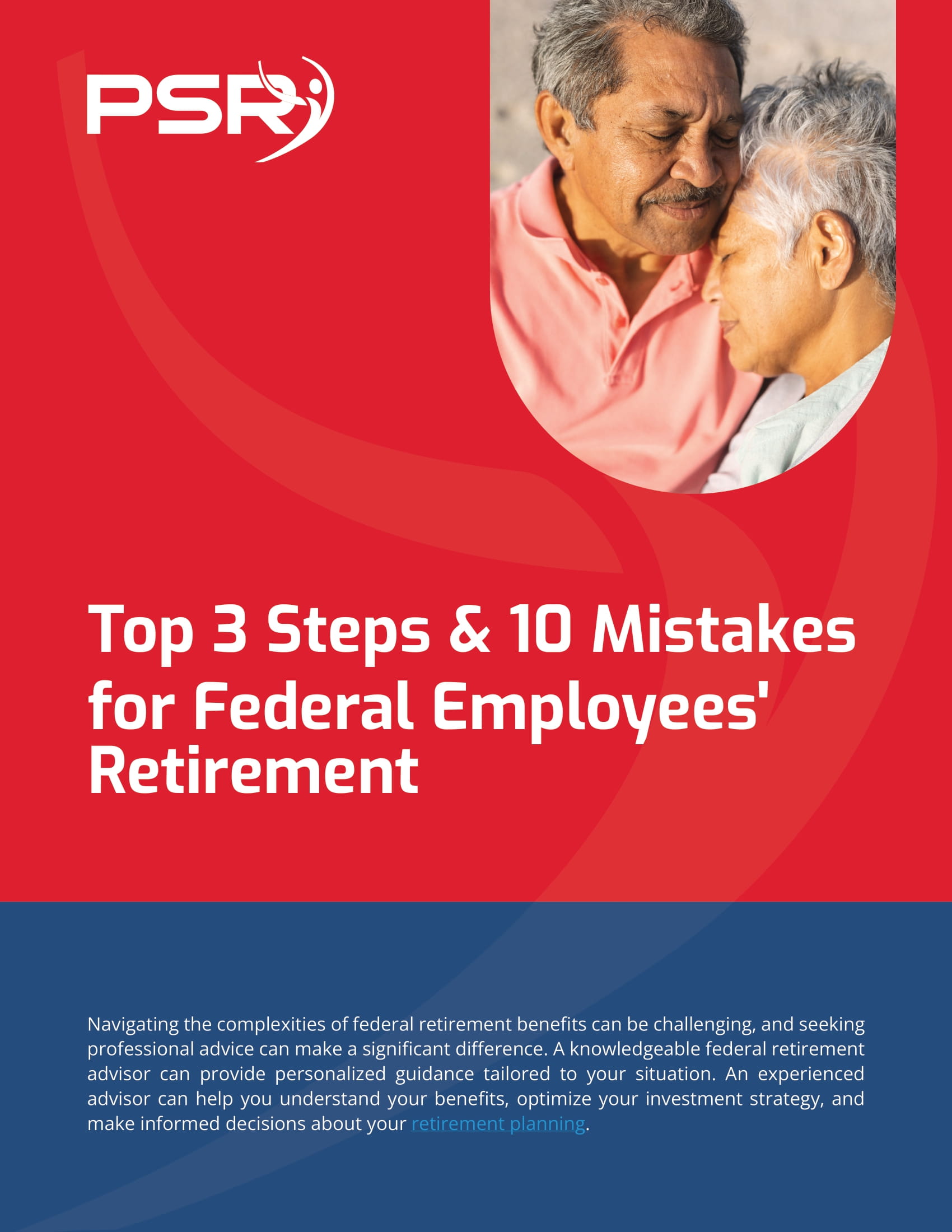Key Takeaways
-
Even if you meet your retirement eligibility date, overlooked federal benefit details can affect your long-term security.
-
Reviewing service credit, survivor elections, and insurance transitions is essential before submitting retirement paperwork.
Your Eligibility Might Be Set, But Are Your Records?
You might know your retirement date, but do your federal records support it? Many government employees reach their Minimum Retirement Age (MRA) or the 30-year service mark without realizing their service history has gaps. If you’ve had breaks in service, temp positions, or unpaid leave, your creditable service might be less than you think.
Make sure to:
-
Review your SF-50 forms and verify all federal appointments.
-
- Also Read: Why the FERS Supplement Is Still a Lifeline for Early Retirees—But a Risky One
- Also Read: You May Be Eligible for Medicare Soon—Here’s How It Affects Your Other Coverage
- Also Read: Dental Plans Under FEDVIP Are Offering Better Coverage Than Ever—Why Federal Employees Are Taking Notice
-
Request a Certified Summary of Federal Service to cross-check with your records.
This review takes time, so start at least one year before you plan to retire.
Sick Leave and Annual Leave: How It Adds Up
Unused sick leave can increase your annuity under FERS. It doesn’t count toward eligibility but can add months to your pension calculation.
-
2,087 hours of sick leave equals one full year of credit.
-
Only sick leave on record at retirement counts. It cannot be cashed out.
On the other hand, annual leave is paid out in a lump sum. This can be a financial buffer between your retirement date and the first annuity payment, which often takes 2-3 months to arrive.
To maximize this:
-
Avoid taking extensive sick or annual leave in your final months.
-
Plan your retirement toward the end of a leave year to get full accruals.
Health Insurance Doesn’t Automatically Continue
Federal Employees Health Benefits (FEHB) can continue into retirement, but only if you meet all eligibility rules:
-
Enrolled in FEHB for the five years immediately before retirement (or since first eligible).
-
Retiring with a qualifying annuity.
If you don’t meet this five-year rule, you’ll lose your FEHB coverage. You can’t just add it during your final year. Confirm your coverage history through your agency’s HR or your electronic personnel folder (eOPF).
Additionally:
-
Your plan stays the same unless you switch during Open Season.
-
Premiums will be deducted from your annuity.
-
Consider how Medicare (when you’re 65 or older) may coordinate with FEHB for cost savings.
Survivor Benefit Election: A One-Time Decision
The survivor benefit option is one of the most critical and permanent decisions you’ll make.
If you’re married, you must get your spouse’s notarized consent to waive or reduce the standard survivor annuity. If you don’t elect any survivor benefit, your spouse will lose FEHB eligibility after your death.
Points to consider:
-
A full survivor benefit provides 50% of your annuity to your spouse.
-
A partial election provides 25%.
-
No survivor election means no continued health coverage for your spouse under FEHB.
This election is locked in once your retirement is finalized. There’s no changing it later, even if your situation changes.
Don’t Miss Out on the Special Retirement Supplement
If you retire under FERS before age 62 with immediate eligibility (like MRA + 30 years or age 60 with 20 years), you may qualify for the Special Retirement Supplement.
This supplement mimics the Social Security benefit you would receive at age 62, based only on your federal service.
What to know:
-
It ends at age 62, whether or not you apply for Social Security.
-
It’s reduced if you have income over the Social Security earnings limit ($23,480 in 2025).
-
Not available if you opt for postponed or deferred retirement.
This benefit can make a big difference in early retirement planning. But if you’re unaware or not eligible, your income could drop significantly.
Life Insurance Coverage Doesn’t Automatically Continue
If you’re covered under the Federal Employees’ Group Life Insurance (FEGLI) program, you need to make a decision about coverage continuation before retirement.
To continue Basic FEGLI into retirement:
-
You must have had it for the five years before retirement.
-
You must elect to keep it on your retirement forms.
You also have to choose a reduction option:
-
75% Reduction: Premium-free after age 65 but coverage decreases.
-
50% Reduction: Half reduction with a smaller premium.
-
No Reduction: Full coverage with the highest ongoing cost.
Optional FEGLI (like Options B and C) requires separate eligibility and decisions. They don’t continue automatically either.
Timing Your TSP Withdrawals and RMDs
The Thrift Savings Plan (TSP) is a vital retirement asset, but it’s not directly connected to your annuity. Once you retire, you decide how and when to access it.
Here’s what you need to keep in mind in 2025:
-
Required Minimum Distributions (RMDs) begin at age 73 if you turn 73 this year or later.
-
You can delay your first RMD until April 1 of the year after turning 73, but then you must take two distributions that year.
-
Early withdrawals (before age 59½) may incur a penalty unless you qualify for an exception, such as separation from service after age 55.
Planning TSP withdrawals strategically can reduce tax impact and ensure your savings last.
Postponed vs. Deferred Retirement
If you’re not quite ready or eligible for an immediate annuity, you might be considering postponed or deferred retirement under FERS.
-
Postponed Retirement: You separate from service but delay your annuity to preserve FEHB and FEGLI eligibility.
-
Deferred Retirement: You delay your annuity, but forfeit future access to FEHB and FEGLI.
Postponed retirement is only available if you’re eligible for an MRA + 10 retirement. It allows you to reduce the 5% per year penalty by waiting to draw your annuity.
Both options have specific OPM forms and timelines, so don’t confuse the two.
Temporary and Intermittent Service Rules
Not all government service counts the same. If you served in a temporary, intermittent, or seasonal role:
-
You may need to make a deposit to receive full credit for retirement.
-
Some service doesn’t count at all if no retirement deductions were taken.
Contact your HR or retirement counselor to determine which past employment qualifies. This step alone can impact whether you meet a critical threshold, such as 20 years of service for enhanced benefits.
Keep an Eye on COLA Eligibility and Timing
Cost-of-Living Adjustments (COLAs) apply to CSRS retirees immediately but are phased differently under FERS.
-
FERS retirees become eligible for COLA starting at age 62.
-
There’s no COLA for FERS annuitants under 62 unless retired under special provisions (e.g., law enforcement).
The COLA formula for FERS is:
-
Full COLA if CPI is 2% or less.
-
CPI minus 1% if CPI is between 2%-3%.
-
Capped at 2% if CPI exceeds 3%.
This means your annuity might not keep full pace with inflation, especially in high-inflation years.
Don’t Forget About Taxes
Your federal annuity is partially taxable. The non-taxable portion represents your after-tax contributions, recovered over your actuarial lifetime.
-
The rest of your annuity is taxable as ordinary income.
-
TSP withdrawals are fully taxable unless you have Roth contributions.
-
FEHB premiums and survivor benefits also have tax implications.
Use the IRS Simplified Method to calculate your tax-free annuity portion. And plan how Social Security income, pension, and TSP distributions interact with your tax bracket.
Ready on Paper Isn’t the Same as Ready in Practice
Even if your eligibility date is set and you’re excited to file that retirement application, not checking these finer points can leave you exposed to gaps in income or coverage.
Review your records, confirm your elections, and plan withdrawals early. It’s better to catch issues while you’re still working than after you’ve handed in your badge.
Make Sure You’re Prepared for Retirement’s Fine Print
Federal retirement isn’t just about hitting a date. It’s about making sure every piece is accounted for—from insurance to income continuity.
Take the time to understand your options and confirm your eligibility across all benefits. When in doubt, or if you want to avoid costly missteps, get in touch with a licensed agent listed on this website for professional advice.












